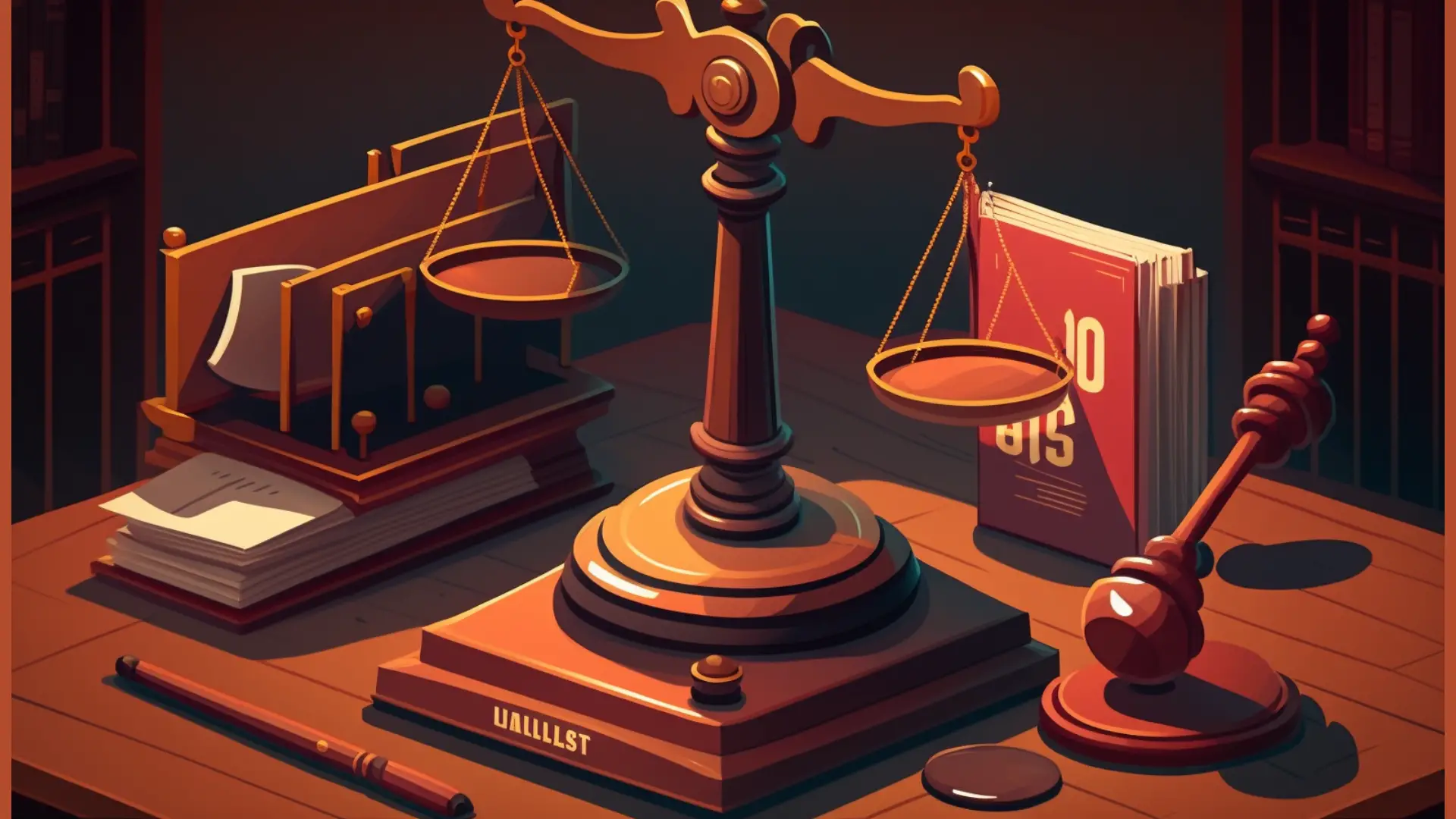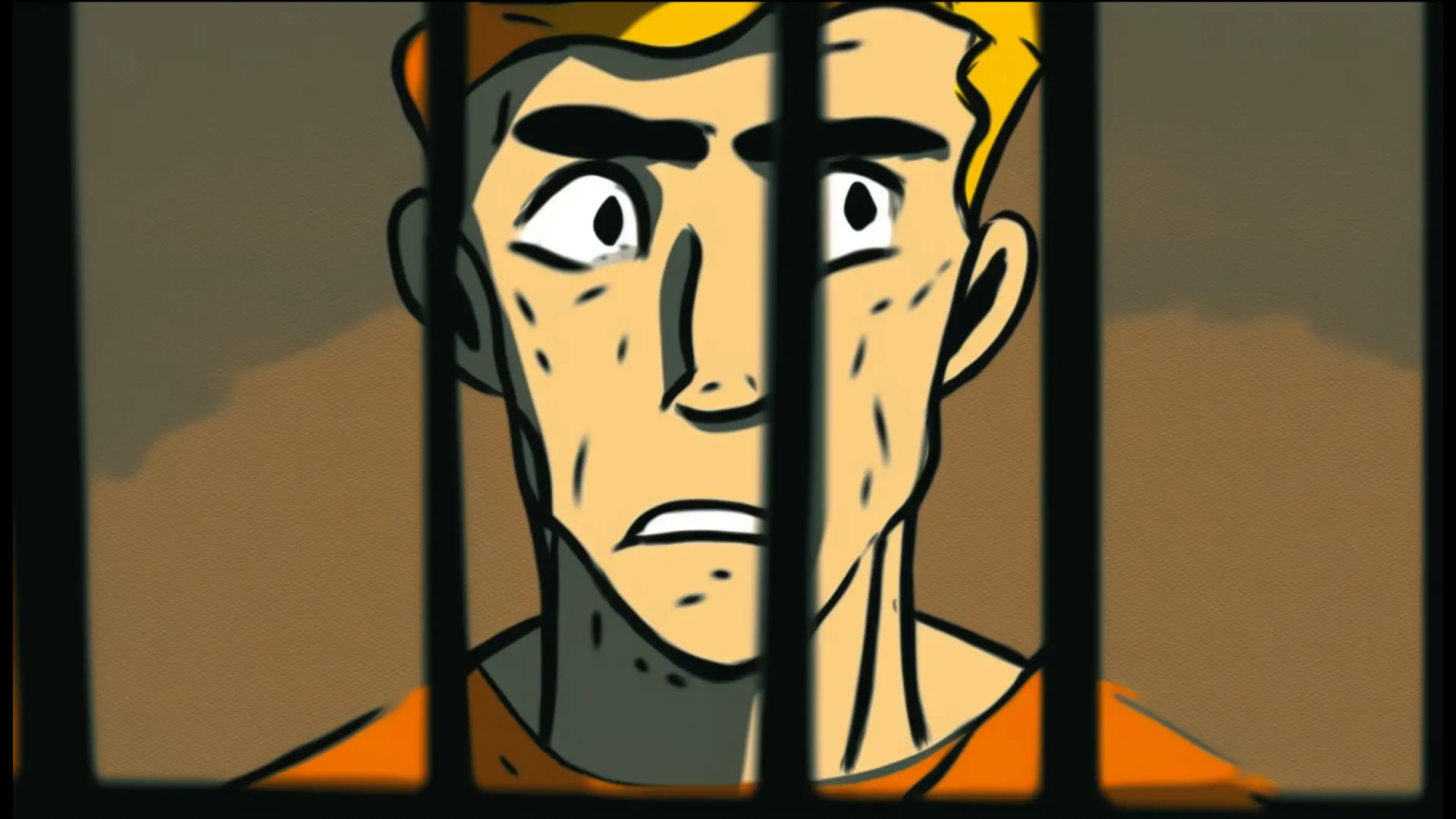Yes, if you’re driving down the road and a marked police officer has his emergency lights on behind you signaling a stop. You are legally required to stop at the nearest safest location. The punishments for this violation can range from a nonperson misdemeanor all the way up to a felony depending on the events happening during the attempt to flee.
Continue reading to follow along with our deep dive into a state’s statute and its penalties for running from the police. During it, we’ll be using stories, examples, and analogies to best explain the topic.
Understanding Fleeing or Attempting to Elude
Fleeing or attempting to elude typically refers to the act of a person intentionally trying to evade or escape from a law enforcement officer who is attempting to stop their vehicle. This may involve a driver refusing to pull over when signaled to do so by a police officer, or actively attempting to evade the officer by driving in a reckless manner, such as speeding, weaving through traffic, or running red lights.
For example, if you are driving down the highway and a law enforcement officer activates their emergency lights to signal you to pull over, but you do not comply and continue driving, you could be charged with fleeing or attempting to elude. This type of behavior is generally considered reckless and could lead the officer to suspect that you are attempting to escalate the situation or evade arrest.
What Does The Law Say?
Now that we’ve taken some time to understand the legal definition of running from the police, let’s go ahead and understand some of the potential consequences you could get for running from the police.

To better understand the law, I’ll give you an example using the current Kansas statute 8-1568 for fleeing or attempting to elude a police officer.
Under subsection (a)(1), any driver of a motor vehicle who knowingly fails or refuses to bring their vehicle to a stop for a pursuing police vehicle or police bicycle, when given a visual or audible signal to bring the vehicle to a stop, shall be guilty. Similarly, any driver who knowingly flees or attempts to elude a pursuing police vehicle or police bicycle, when given a visual or audible signal to bring the vehicle to a stop, shall also be guilty.
Under subsection (b), penalties escalate if the driver commits any of the following during a police pursuit: fails to stop for a police roadblock, drives around tire-deflating devices placed by a police officer, engages in reckless driving, is involved in a motor vehicle accident or intentionally causes damage to property, commits five or more moving violations, or is operating a stolen motor vehicle. If the driver is attempting to elude capture for the commission of any felony or knowingly drives in a reckless manner causing collisions or evasive maneuvers by other drivers, the penalties increase further.
Subsection (c) specifies the penalties for each violation. Violation of subsection (a) is a Class B nonperson misdemeanor for first-time offenders, a class A nonperson misdemeanor for second-time offenders, and a severity level 9, person felony for third-time or repeat offenders. Violation of subsection (b)(1) or (b)(2) is a severity level 9, person felony, and violation of subsection (b)(3) is a severity level 7, person felony. Additionally, the court must impose a fine of not less than $500 if the driver is operating a stolen motor vehicle during the commission of the offense.
The statute specifies that the signal given by the police officer may be by hand, voice, emergency light, or siren and that the officer must be in uniform and prominently displaying their badge of office when giving the signal.
Potential Punishments

As you were reading above, depending on the different criteria you meet will define what punishment you’ll receive. Here are the ones currently listed:
- Class A Misdemeanor: Carries a maximum sentence of one year’s jail time and a $2,500 fine
- Class B Misdemeanor: Carries a maximum sentence of six month’s jail time and a $1,000 fine
- Severity Level 7 Person Felony: 11 to 34 months (approx. 1 to 3 years)
- Severity Level 9 Person Felony: 5 to 17 months (approx. 5 months to 1.5 years)
How do I Know If I’m Being Pulled Over
According to the legal statute provided, a police officer may give you a signal to bring your vehicle to a stop by using their hand, voice, emergency light, or siren. If the officer is within or upon an official police vehicle or police bicycle, the vehicle or bicycle shall be appropriately marked showing it to be an official police vehicle or police bicycle. If the officer is not utilizing an official police vehicle or police bicycle, the officer shall be in uniform, prominently displaying their badge of office at the time the signal is given.
In other words, if a police officer is signaling for you to pull over, they will likely activate their emergency lights or siren and/or use a hand motion to signal for you to stop your vehicle. You should slow down and pull over to the side of the road as soon as it is safe to do so, and comply with the officer’s instructions.
Potential Defenses
Here are some possible defenses for attempting to elude charges with an example for each:
- Lack of knowledge: You didn’t know that you were being pursued by a police vehicle or that you were required to pull over.
Example: You were driving on the highway when you noticed a car behind you with flashing lights. However, you assumed that it was a civilian car with emergency lights, and you didn’t realize it was a police vehicle until you were charged with attempting to elude.
- Lack of intent: You didn’t intentionally try to evade the police, but you had a legitimate reason for not stopping right away.
Example: You were driving on a dark road late at night and saw a car with flashing lights behind you. You were unsure if it was a real police car, so you slowed down to let the vehicle pass you. The police officer interpreted your actions as an attempt to elude, but you didn’t have any intention of evading the police.
- Duress or necessity: You were forced to flee from the police because of a threat to your safety, or to protect someone else.
Example: You were driving home late at night when you noticed a car following you. You became frightened when the car began to bump your vehicle from behind, and you realized that the occupants of the car were attempting to rob you. You drove away from the car, and the police who happened to be nearby started to pursue you.
- Mistaken identity: You weren’t the driver the police were trying to stop, and you didn’t realize they were pursuing you.
Example: You were driving a car that matched the description of a vehicle that was involved in a crime. The police saw your car and attempted to pull you over, but you didn’t realize that they were trying to stop you because you didn’t think you had done anything wrong.
When To Contact An Attorney
If you are facing charges of fleeing or attempting to elude a police officer, it is recommended that you contact an attorney as soon as possible. An attorney can help you understand the charges against you, the potential penalties you face, and your legal rights and options.
It’s especially important to contact an attorney if you plan to plead not guilty to the charges. An experienced criminal defense attorney can evaluate the evidence against you, identify any weaknesses in the prosecution’s case, and work to build a strong defense on your behalf.
If you have been arrested or charged with fleeing or attempting to elude a police officer, you should contact an attorney as soon as possible to protect your rights and best interests.
